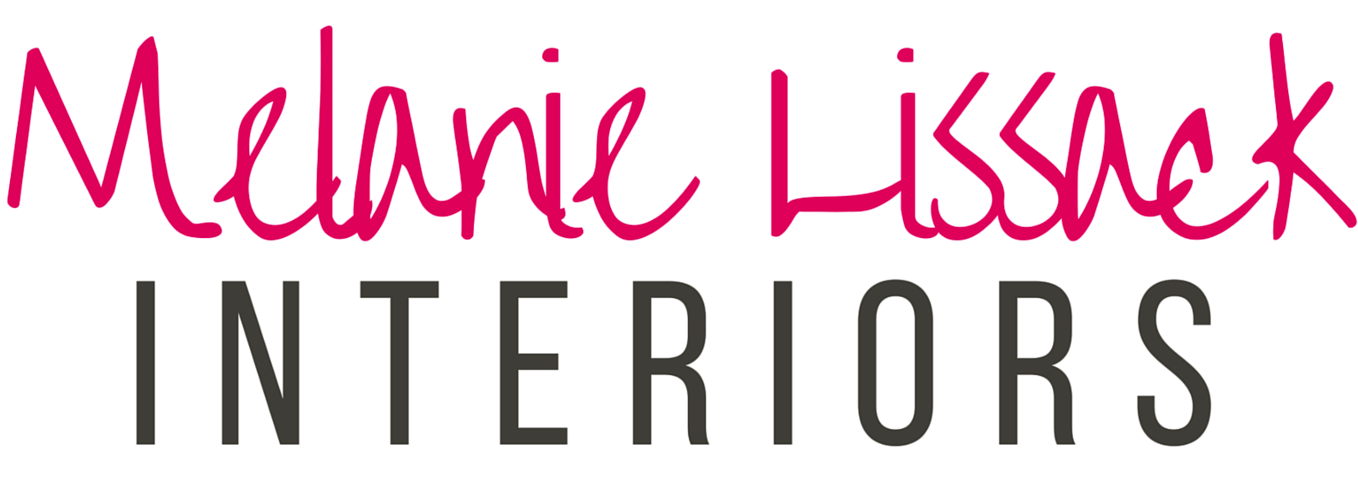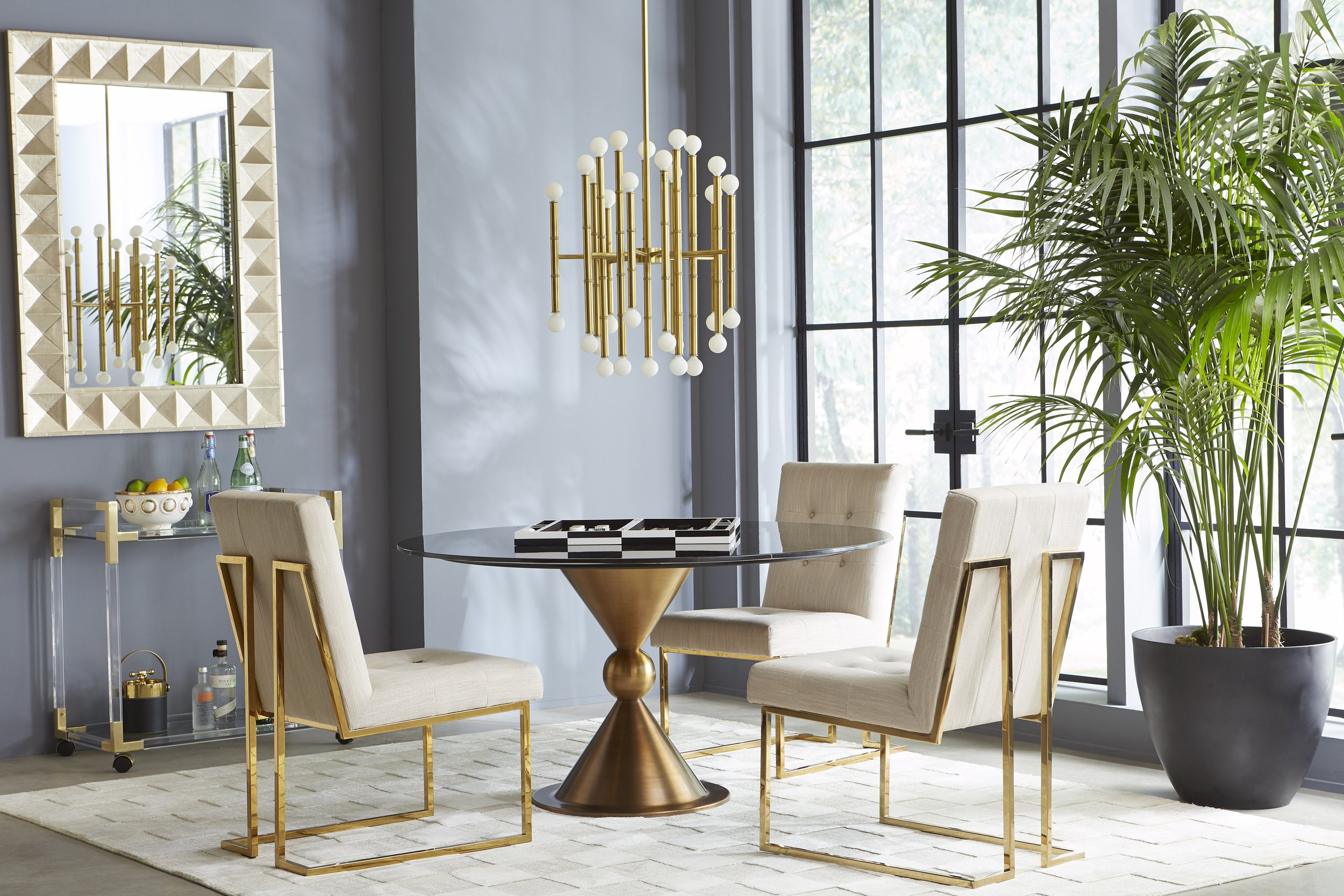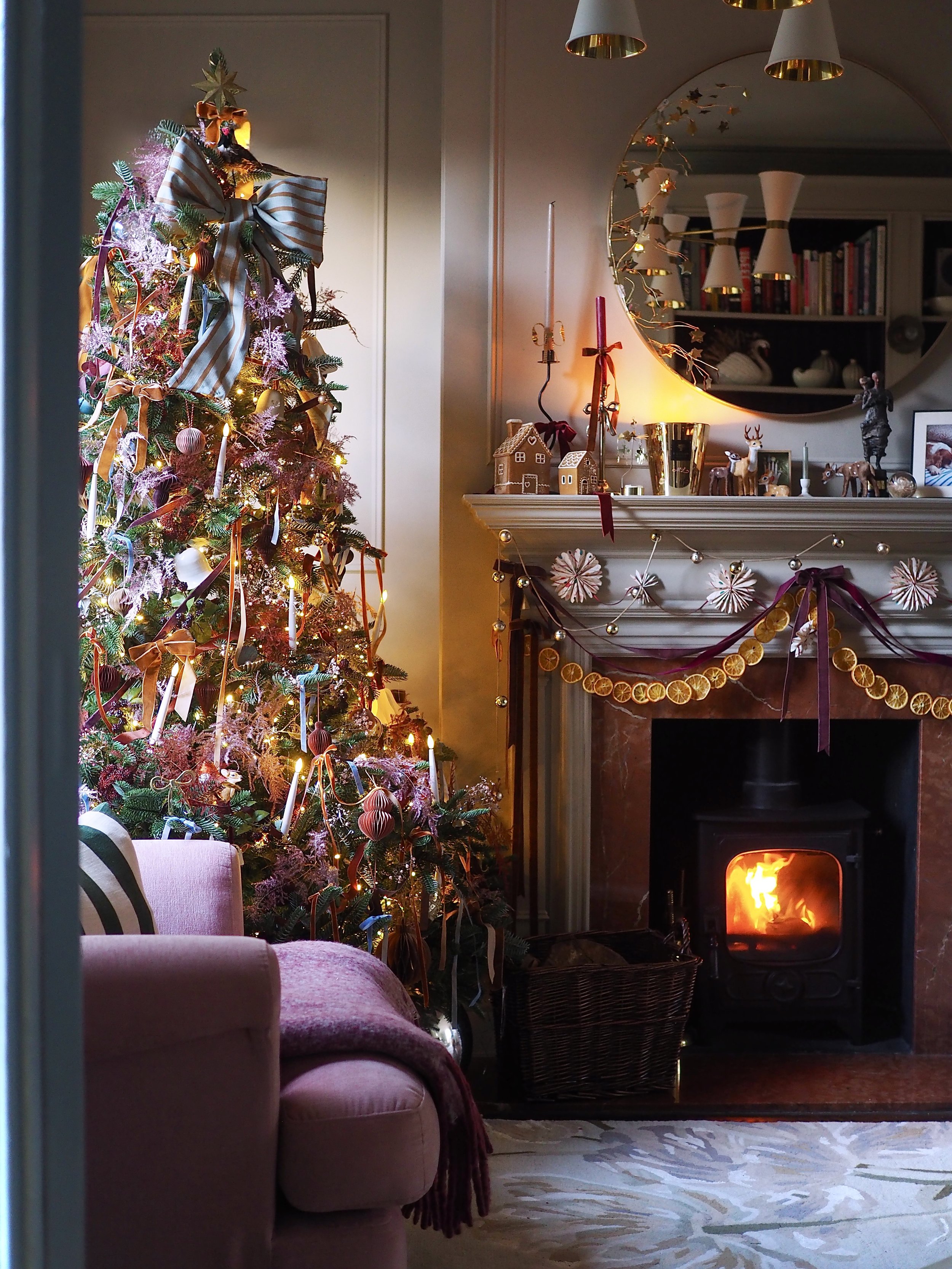50 Years of Influential Home Decor Trends: A Beginner's Guide
Acupanel® Colour Scarlet Red Acoustic Wood Wall Panels from The Wood Veener Hub.
Featured Partner Placement Post
Over the last 50 years, interior design and home decor have come a very long way. During the last five decades, we’ve seen trends come and go only to make a huge comeback again, while others were left in the past for good.
But how much has interior design changed over the years?
While you may not feel the difference if you’ve lived through multiple decades, home decor has gone through some major changes. That’s why pictures of homes from the 1970s are instantly distinguishable from pictures taken several decades later, regardless of camera quality.
In this article, interior design and wood wall paneling experts Wood Veneer Hub travel back in time and see how home decor and interior design have changed over the years.
The 1970s - The Self-Expression Movement
The 1970s brought a massive wave of self-expression, from the way musicians performed on stage, how artists created their masterpieces, and even how people lived their lives. And, of course, this self-expression movement found a comfortable place in interior design too. In fact, no time period’s interior design trends focused on self-expression as much as the 1970s, which is what gives it that distinct flavour.
Avocado-green appliances, houseplants, shag carpets, and bright colours made their way into the homes of millions of people worldwide. Due to the events of the time, like the Vietnam War, the energy crisis, and the environmentalist movement, homeowners wanted a sense of nature and vibrance in their homes. This was to contrast the bleak and melancholic atmosphere that thrived in the background of the decade.
Get the popular 70’s look with woven accessories and Earthborn’s Up Up Away and Grassy Claypaint.
There was a lot of anxiety around current events in the 1970s, which is why the interior design trends of the time were loud, bold, and bright. Some trendy maximalist accessories include macrame owls, woven textiles, and fun objects placed around different places in people’s homes.
Not only did this create a distinct atmosphere, it brought a unique brightness and organic feel to many homes. Many of the trendy pieces at the time were also handmade, which was a response to how much people were looking to express themselves through interior design.
While the shag carpet isn’t as popular today, many aspects of the 1970s interior design movement still capture the hearts of home decor enthusiasts to this day.
The 1980s - A Maximalist Haven
The 1970s wave of self-expression opened the doors for the maximalist haven that was the 1980s. If you lived through this era, you would know that the 1980s was a time of excess. With a booming economy, the rise of the yuppies, MTV hitting the scene, and pop culture completely changing as it was once known, there’s no surprise that maximalism made its way into people’s homes.
One of the driving factors of maximalism in the 1980s was the fact that women were solidly entering the workforce. This resulted in more two-income homes that could afford more luxuries and design accessories. Minimalism was out by the 1980s, which is why it’s the decade of loud patterns, bold colours, and a wide variety of design philosophies.
Recreate that look of 80’s maximalism with pieces by Jonathan Adler, available via Sweetpea & Willow.
While every household had its own approach to decorating in the 1980s, one thing was certain - loud and bright pieces were the underlying theme. Gone were the natural colours like green and olive that were ever-popular in the 70s. Instead, we were greeted with a wide range of bright colours and pastels that are reminiscent of Miami Vice.
There was a clear and definite sense of optimism in the 1980s, and it was reflected in the interior design philosophies. While the primary movement in this decade was similar to that of the 1970s, the next decade saw a major shift in interior design philosophy.
The 1990s - Cautious Minimalism
The optimism of the 1980s disappeared by the 90s. While the Berlin Wall falling and the Cold War ending in 1989 relieved some pressure, the world was not at ease. As a reflection of this cautiousness, design philosophies shifted away from loud and bold colours. Instead, designers embraced the minimalist approach, with toned-down colours, wall panels, terra cotta tiles, and earthy reds.
Another clear part of 1990s home decor was a chic flea-market aesthetic. There was a wave of people adding a mishmash of different items from various eras. But while it was random, there was a sense of harmony to all of these different aspects despite having a minimalist undertone.
If you’re looking for a clear depiction of interior design in the 1990s, look no further than the popular American sitcoms of the time like Seinfeld and Friends. That said, wood wall paneling and similar items were still a mainstay in the 90s due to their versatility.
The 2000s - A Peek At the Future
With the internet and cell phones slowly making their way into the public, the 2000s’ design philosophy was a peek at the future. High ceilings, kitchen islands, and shiny steel aesthetics were all the rage. While not as loud or bold as the 80s or 70s, it was a step away from the cautious minimalism of the 90s. Optimism was back, but in the 2000s, it took a completely new face.
A modern, high-shine kitchen from B&Q.
The 2010s - The Fusion of Technology and Interior Design
In the 2010s, the design philosophy revolved around technology. This decade saw the introduction of smart homes that were integrated with technology. This is why we’ve seen a rise in smart lights, locks, doors, and even speakers that serve as the “home base” of your house.
This decade also has the most varied design philosophies. As the internet grew in this decade, people had access to wider ideas and design inspirations. So, homes were much more varied in the 2010’s, and this only looks to continue for many decades into the future.
Conclusion - What’s Next?
It’s impossible to tell what’s coming next in terms of interior design. However, homes are getting smarter, sleeker, and more futuristic. So, all we can do at this point is patiently wait to see the next step of home decor and interior design.







